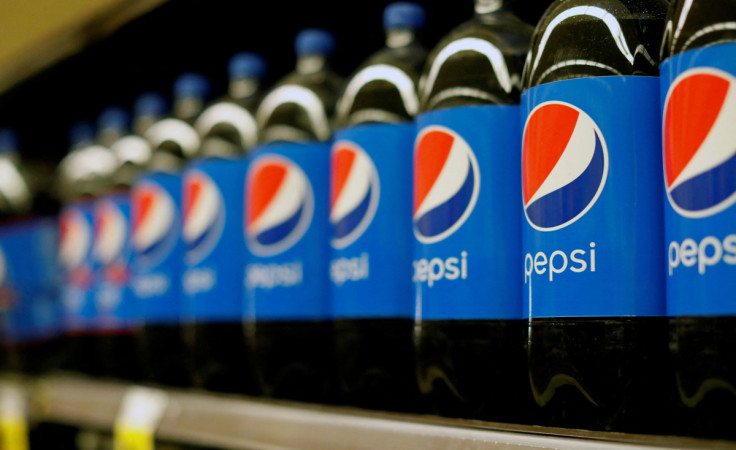Consumers Want Smaller Snack Packages And Healthier Options, PepsiCo Says
PepsiCo beat expectations for its earnings in the third quarter by raising prices and adjusting its products to the increasing consumer demand for smaller and healthier snacks and beverages.
Revenue in the quarter ended in September rose 7% from a year earlier to $23.45 billion, the company said in a statement Tuesday. Earnings per share jumped 15% to $2.24. Analysts at Zach Equity Research expected revenue of $23.4 billion and $2.17 earnings per share for the period.

"Consumer preferences have continued to evolve towards smaller packages that offer the benefits of convenience, variety, portion control, and good value," the company said.
PepsiCo increased its forecasts for earnings growth in 2013 to 13% from 12%.
Smaller and New Brands
"We believe that our businesses can continue to perform well in the coming years with category growth normalizing, as we have made numerous investments in our brands, manufacturing capacity, go-to-market systems, supply chain, technology, and people, to execute against our strategic framework and modernize our company," PepsiCo Chairman and CEO Ramon Laguarta said in prepared remarks.
The Frito-Lay unit, which produces snacks, continued to offer a wider variety of lightly salted options in smaller pack sizes "that aim to satisfy consumer demand for portion control," PepsiCo said. Sales of smaller and new brands such as PopCorners, SunChips and Miss Vickie's advanced more than well known names, like Doritos, Cheetos, and Ruffles.
In the beverages units, the company plans to focus their investments in "positive choices across our portfolio with our zero sugar offerings and introducing sustainable packaging options."
Other Earnings
PepsiCo's earnings mark the start of the announcements of third-quarter results by the biggest U.S. companies. Delta Air Lines reports Thursday.
Citigroup, JPMorgan and Wells Fargo are releasing their financial statements on Friday. The numbers will show how the financial industry is doing amid high interest rates, concerns about inflation and growth, and how all of that is affecting their businesses with consumers, companies and markets.
© Copyright IBTimes 2025. All rights reserved.






















